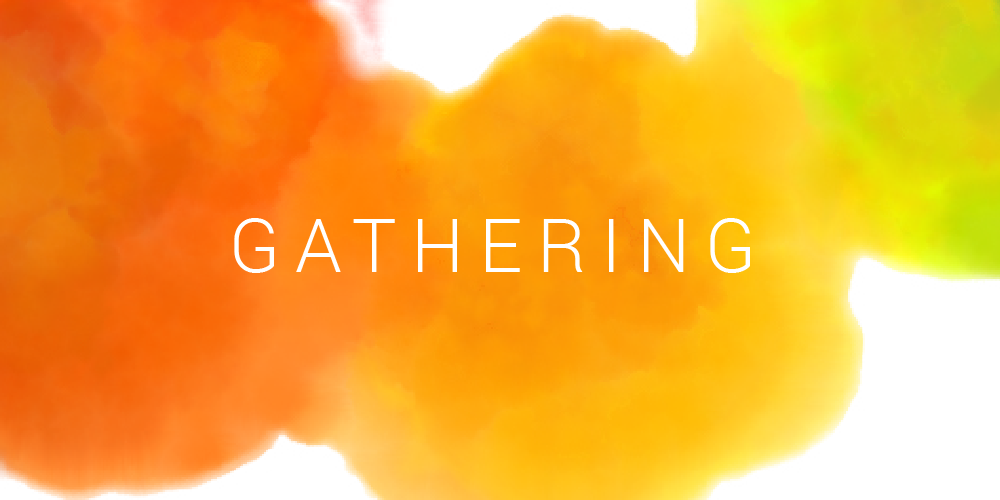Megan Recommends

Priya Parker offers a new approach to gathering that will transform how we spend time together at work, at home, and beyond.
atherings of all kinds often default to becoming a vehicle for discussing logistics or maintaining norms. Although those defaults have their place, gatherings can also be a powerful tool to bring about something every workplace or family needs more of: belonging. A gathering, even one as simple as a meeting, can invite those we work with, those we love, and those around us to embrace the vulnerability it takes to be authentic.
Of course, showing vulnerability in the workplace is neither natural nor easy for many of us. That’s why I was inspired by Priya Parker’s book, The Art of Gathering. Parker is a professional facilitator with a background in conflict resolution. She brings the meaning of meetings to the business world. Parker draws from the political (the right to assembly is embedded in our Bill of Rights) and the social (weddings and nights out both count as gatherings) to make a case for more meaningful meetings, wherever those meetings happen to be. Two important tips stuck out to me as examples that can be incorporated into our professional lives as caregivers.
Forget etiquette and set some rules
Parker’s best reason for ditching etiquette at your next meeting is simple: it's rigid. Etiquette can often threaten the purpose because it declares there is a right way of doing things. Binding rules to a gathering is a counterintuitive way to open things up. For example, creating rules around technology use in meetings—keeping laptops closed and cell phones on silent—can be a powerful way to get people to engage with one another in person.
Need some rule ideas for your next meeting? Try these:
-
Be tech free
-
You can’t speak twice until everyone has spoken once (the SCOTUS chambers rule)
-
End every comment with a question
The key here is that rules should serve the overall purpose. This gives us balance. Too few rules can be overwhelming and lack stability. Too many can stifle spontaneity and adventure.
Authenticity is at the heart of connection. When we as gatherers take the risk of creating a temporary rule—suspending etiquette—we actually invite people to be more authentic. Connecting and belonging can only happen in a space that carries a little bit of vulnerability.
Before gathering, identify your purpose
One way to understand your purpose is by considering your values. Values are one-word descriptors of our deepest desires of what matters most. What we want to stand for, how we want to treat ourselves and others, how we want to engage with the world. These can guide actions great and small.
When considering using values to help us create gatherings with a purpose, we can ask ourselves “What matters most to me in this gathering? How would I like to show up to this gathering? What needs do I or others have that could be met by this gathering?” Answering these questions with a one-word value, such as connection, authenticity, innovation, or familiarity, can guide your purpose for meeting.
"Values are one-word descriptors of our deepest desires of what matters most. What we want to stand for, how we want to treat ourselves and others, how we want to engage with the world."
This approach was useful to me as I made plans for my birthday party last year. I focused on artistry, creativity, intimacy, and connection. These values lead me to the purpose I chose for my gathering: to use art to grow closer to loved ones. Each attendee was asked to come prepared to share a work of art that had inspired them. Connecting to the purpose has helped guide the decisions regarding the party, from seating arrangements to invitations.
Of course, meetings aren’t parties, so your purpose for gathering may be less lofty. It could be making a decision, brainstorming a new project, or providing updates on a critical mission item. Just like a party, your purpose will help you determine who to invite and how formal your meeting should be.
Meetings can be more meaningful
Meetings are opportunities for the participants to create meaning together: to build the kind of sustainable culture that the blessing and burden of caring for patients requires. Even the daily huddle, when approached with purpose and enclosed in the temporary rules of that gathering, can become a source of vitality and reprieve that can energize us for the work ahead.
Megan Jean Whitlock
COVID-19 has brought a new challenge to the work of continuous learning in health care: how to teach new information when it is constantly changing and emotions run high. As nurse educators for the emergency department, the pulmonary and palliative care unit, and outpatient clinics, Emma Gauci, Paige Wilson, and Sarah Smith have been thrown into an educator’s quandary: how to help staff feel as knowledgeable and supported as possible.
Frequent and meaningful communication is a hallmark of high-performing teams, and it matters even more during a crisis. The Resiliency Center’s Megan Call and Amy Locke share helpful resources and a list of prompts to connect your team.
Exceptional care only happens with an engaged team. Jared Wrigley should know: he has led three diverse teams at U of U Health—first, Westridge Health Center, and now, South Jordan’s primary care team and Parkway Health Center. Here are three effective ways he engages everyone on the team.
